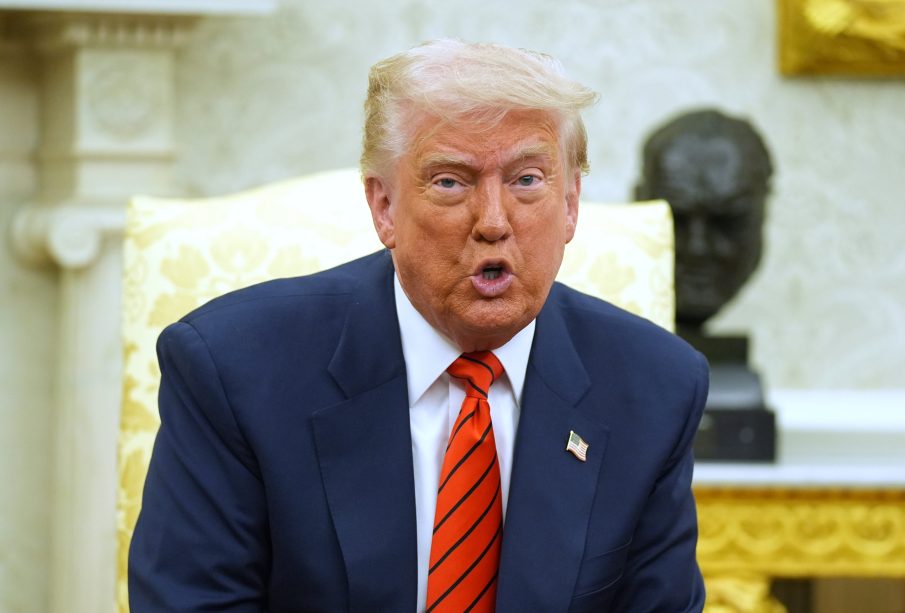Understanding the Impact of the Trump Administration

Introduction
The Trump Administration, which lasted from January 2017 to January 2021, marked a significant period in American politics. With its unconventional approach and polarising policies, the administration had a profound impact on the political landscape, domestic issues, and international relations. Understanding its legacy is crucial for assessing the current state of American governance and its trajectory moving forward.
Key Policies and Events
One of the hallmarks of the Trump Administration was its focus on America First policies. This approach led to a series of controversial decisions, including the withdrawal from the Paris Agreement on climate change and the renegotiation of international trade agreements, such as NAFTA, which was replaced by the USMCA. These actions ignited widespread debate about the United States’ role in global affairs and the potential long-term effects on international cooperation.
Domestically, the administration’s approach to immigration was highly contentious, culminating in the implementation of the travel ban affecting several predominantly Muslim countries and the zero-tolerance policy that led to family separations at the border. These policies ignited protests and debates regarding human rights and humanitarian responsibilities.
On healthcare, the administration made several attempts to repeal the Affordable Care Act (ACA), which initiated major discussions on healthcare accessibility and affordability, especially in a nation with a substantial uninsured population. Despite numerous attempts, major repeal efforts ultimately fell short, showcasing the challenges of altering established legislation.
Economic Impact
Economically, before the pandemic, the United States experienced significant growth, with low unemployment rates and a booming stock market attributed to tax cuts and deregulation measures. The Tax Cuts and Jobs Act of 2017 reduced corporate tax rates significantly, aiming to stimulate investment and job creation. However, critics argue that these benefits disproportionately favoured wealthier individuals and corporations while increasing the national deficit.
Conclusion
In conclusion, the Trump Administration’s legacy remains a mixed narrative woven through a series of landmark decisions and their often bittersweet consequences. As the United States continues to grapple with the repercussions of these policies, evaluating this period serves as a reminder of the stark divisions within American political life and offers insights into future governance strategies. Looking forward, the impact of these policies will likely influence the political landscape for years to come, underscoring the importance of understanding the complexities of this administration’s decisions.









